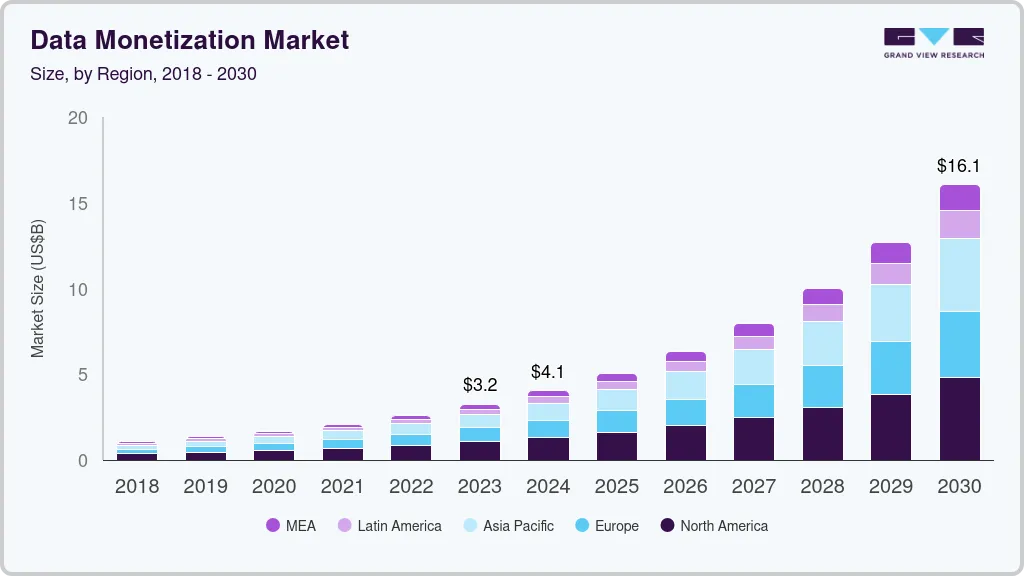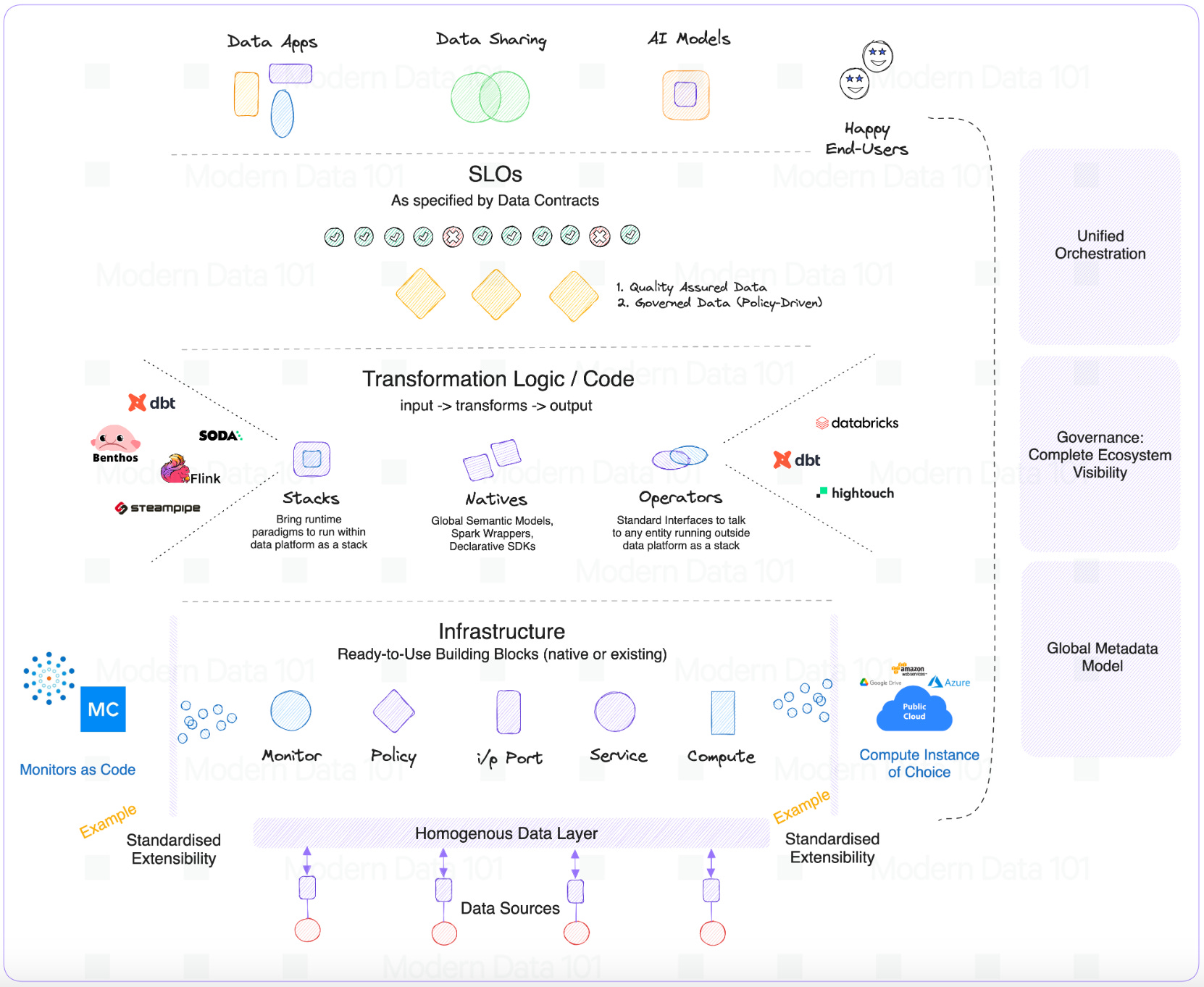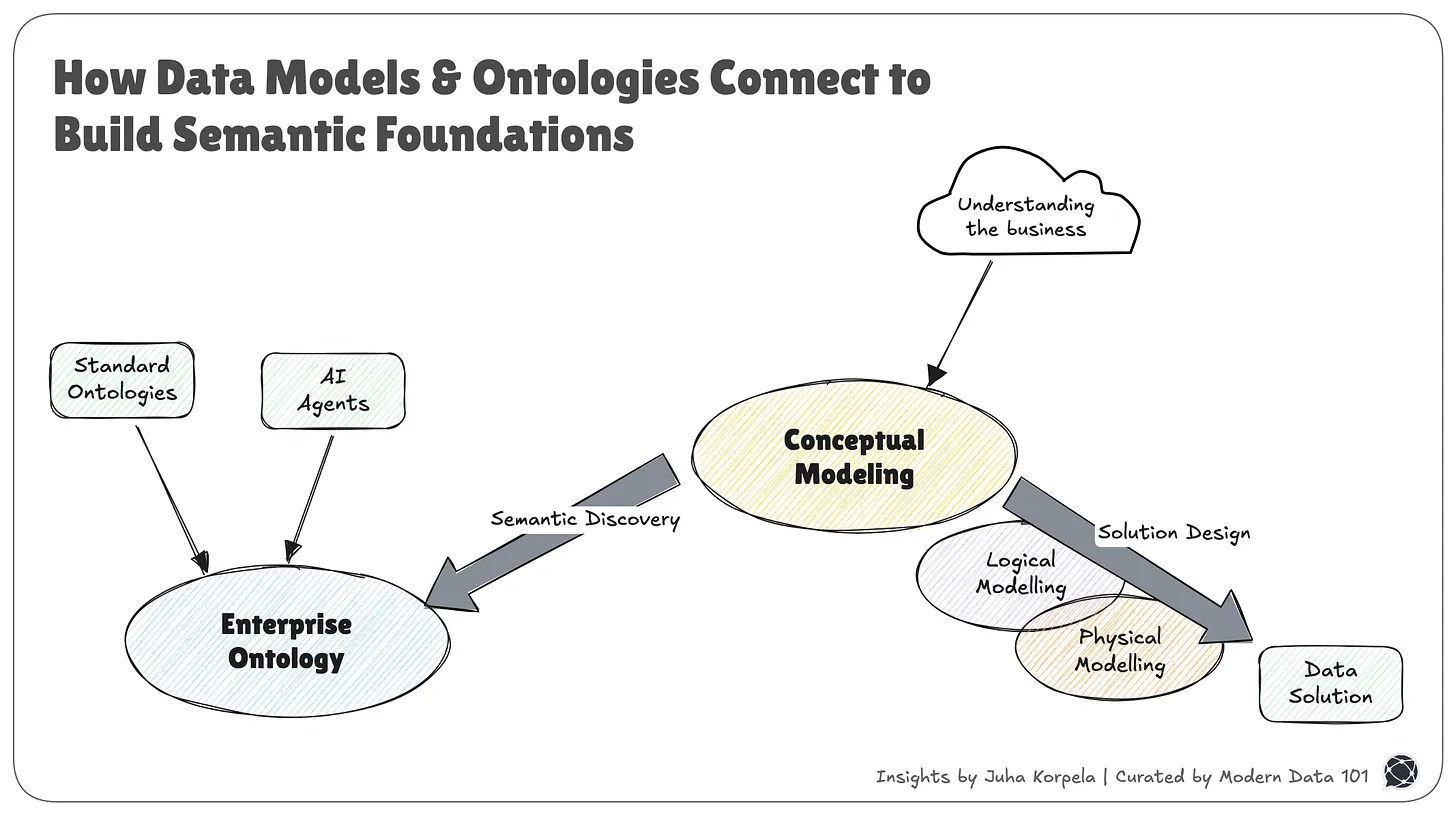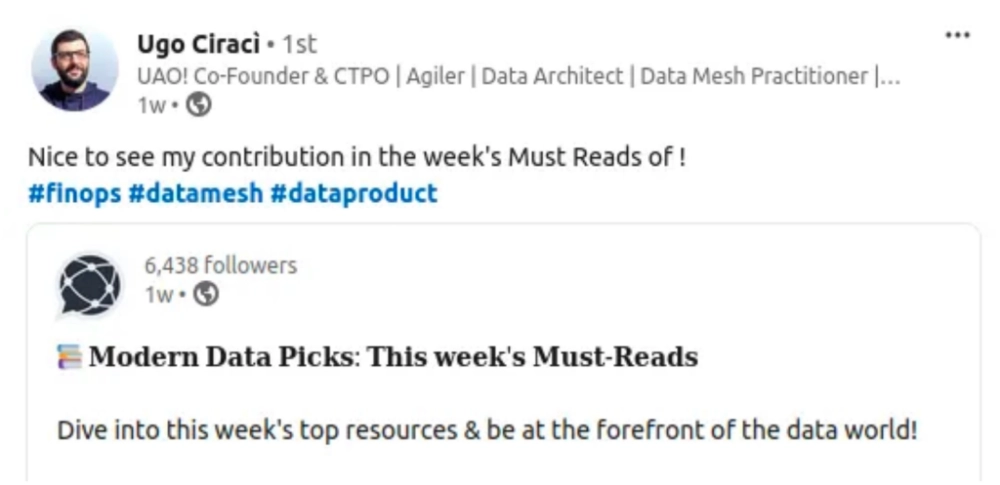
TL;DR
Preface
In this post modern data stack-world, the value of data is already known to the world, but how to retreive that effectivelydepends largely on the data platform you leverage to store, process and utlize the data for the required insights. This article walks you through the essential features for an enterprise's data platform or give you a clarity on how to choose a data platform with the right features.
Have you heard of Napoleon's famous saying, 'An army marches on its stomach?' This quote resonates with the idea that an army's success relies on properly providing sustenance for its soldiers.
Similar is the data in your organization.
No matter how much data your organization has created or obtained, it becomes a futile swamp of untapped potential if the underlying platform falls flat in extracting the true value from every unit of the data. Championing a data-first culture requires a strategic dismantling of the long-existing siloes and dysfunctional processes and workflows.

Yet, herein lies the conundrum nearly every organization faces: the trickiest affair. You'd want your platform to be composable in every sense.
As organizations continue generating larger and larger volumes of data, they are burdened under infinite pipelines for managing them, multiple workflows, tools, and processes, making the data more of a liability than an asset.
They constantly feel the need to introduce new systems or modules, adopt newer tools, or make significant changes to their systems. Once these implementations are done, you only find more processes and pipelines, creating a haphazard mesh.
Now, detangling these complexities adds a new problem and a subsequent series thereafter. This soon turns into a vicious cycle, where each attempt to enhance the system begets more layers of complexity. This complex web, cropped from the need to adapt to evolving data needs, inadvertently reinforces siloes and leads to massive debts, hindering collaboration and impeding the efficient flow of insights across the organization.
The very essence of a data-first culture intended to empower decision-making and innovation is overshadowed by the chaos of an intricate and unwieldy data architecture.

Thus, a system change can be more scary than you imagine.
The fiendishly difficult part here is to escape any domino effect coming along with the changes. The missing piece becomes apparent in this relentless cycle – a composable data platform: a platform designed with a holistic approach of adopting changes and serving newer functionalities without having to build a brand new system each time.
What Does It Take For Your Data Platform To Be Composable?
These data systems, in order to ensure composability, need to fulfill the precise needs of being modular, interoperable, customizable, and extensible.
💠 Modular: Snap Together Your Modules Like LEGO Pieces
Consider developing the ultimate media streaming service. To optimize user experience, this streaming platform needs to be personalized and meet the dynamic expectations of every user engaging with it.
There'll be a 'n' number of channels the user would want to browse through or add to his profile. Much like you can select or add new channels on your streaming app's profile, a composable data platform too should allow its user to add newer modules serving specific functionalities.
If you want, so to say, a feature for creating a 'favorites' section in the platform where you can save your preferred channel or series or any piece of content, modularity will allow you to 'favorites' module without having to change the entire system or invest in a new.
This aspect of modularity not only makes your data platform agile but also allows it to be as diverse as your favorite streaming options, adapting seamlessly to your evolving content needs.

This was very well explained in an article published by McKinsey & Company, where the author demonstrated the Volkswagen story that implemented modularity as a new approach for their platform. They established a framework with precise geometric constraints for the lower section of vehicles.
Engineers adhered to this standardized platform, capitalizing on economies of scale while introducing variations in the upper part of the vehicle across different models. Building on this success, Volkswagen took a significant step forward by developing a modular catalog. Engineers are now required to select components from this catalog, offering a more granular and customizable approach.
This innovative strategy has since been emulated by various automotive original equipment manufacturers (OEMs), suppliers, and companies in diverse industries, attesting to its effectiveness and adaptability beyond the automotive realm.
Read the full article on ‘Platforms and Modularity: Setup for Success,’ by McKinsey & Company to learn more about the modularity approach.
🔗 Extensible: Grow Your Platform With Your Growing Needs
I will continue using the example of the media streaming service. Now as your streaming service app continues to grow, you’ll need to frequently update your content library.
Being extensible will allow you to add new capabilities or functionalities based on the altering needs. You can either build an extension on top of your existing module (piggybacking) to align with the existing ecosystem or build an extension from scratch to meet a precise need.
If you're a project manager using a web-based project management platform that lacks a comprehensive resource allocation module. You want to create a custom solution to efficiently allocate resources based on project requirements. In this scenario—
- You decide to develop a resource allocation module from scratch, independent of the existing project management platform.
- You design and implement a tailored solution that seamlessly integrates with the platform's API, providing a fresh and custom resource allocation feature.
This greenfield extension enhances the platform's functionality by addressing a specific need, all without modifying the core code of the existing project management system.
Contrary to this, imagine being in a situation where you are using an effective project management platform for your organization but it lacks a built-in integration with your communication tool, say Slack. This is hindering you from obtaining real-time project updates and notifications directly in your team's communication channel.
Instead of building an entirely new feature, you and your team decide to leverage the platform’s extensibility features wherein you explore the marketplace and find an existing Slack integration developed by a third-party.
By installing this extension, you piggyback on the platform's existing infrastructure, allowing you to receive automatic updates, notifications, and project-related information directly in your Slack channel.
🏗️ Customizable: Be The Perfect Tailor For Your Platform To Suit The Needs
Today, when consumer-centricity is dotting the extensive business space across every industry, your data platform too should be capable enough to accommodate newer needs every now and then.
Besides being modular and extensible, being customizable is equally critical, enabling the data platform users to be tailored that not only optimizes performance but also enhances the user experience, making the platform an integral part of your business strategy.
With respect to the streaming service, personalizing your media preferences will be crucial. Just as you can customize your streaming settings, a customizable platform allows you to fine-tune features to align precisely with your business needs. Need faster content delivery? Customize that module. Customizability ensures your data platform is not just a tool; it's a tailored experience optimized for your unique media and business objectives.
🔁 Interoperable: Let Your Platform Speak As Many Languages As It Can
A streaming platform can never gain the right traction until it works across varied consumer devices, OSs, browsers, and multiple mediums. Consider interoperability as your streaming service effortlessly syncs with various devices and platforms.
A data platform with interoperability is like seamlessly integrating with different media formats, databases, and external tools. It's not just about speaking the same data language but also about being fluent in the nuances of each medium in your ecosystem.
Your data platform becomes the central hub, breaking down silos and facilitating a smooth flow of information, just like a seamless cross-platform streaming experience.

Did the sound of heavy customizations, alternations, and extensions trigger the fear of uncompromised security?
While every digital component evolves today, there comes a series of security challenges, which is also true with our latest smartphones. The older handheld cellular mobile didn't have the security issues your current Android poses. So is with every device and system used.
🔐 So, Are These Composable Data Platforms Safe?
Composable data platforms are characterized by their innate flexibility. The dynamic nature of these platforms' architecture is sure to empower you to promptly implement security updates and patches for individual components, ensuring a swift and targeted response to breaches or vulnerabilities.
This proactive security stance is underpinned by a robust data governance model within composable platforms, fortifying enterprise-wide security, compliance, and maintainability. Contrary to prevailing assumptions about the limitations of certain no-code solutions, composable platforms redefine expectations.
They furnish IT with meticulous controls over each building block and visibility into solutions crafted by non-technical teams. Policies governing data access, retention, encryption, and role-based permissions are not just defined but rigorously enforced through comprehensive auditing processes, challenging preconceived notions about composable platforms' sophistication and security controls.
Getting your right data platform is not just about ensuring its cloud-native and hybrid capabilities, but also focuses on the user accessibility and collaboration sides that can help imporve data quality and data democratization, driving data-driven decision making with faster time to insights. This aligns perfectly with DataOps principles that emphasize streamlined workflows and user involvement.

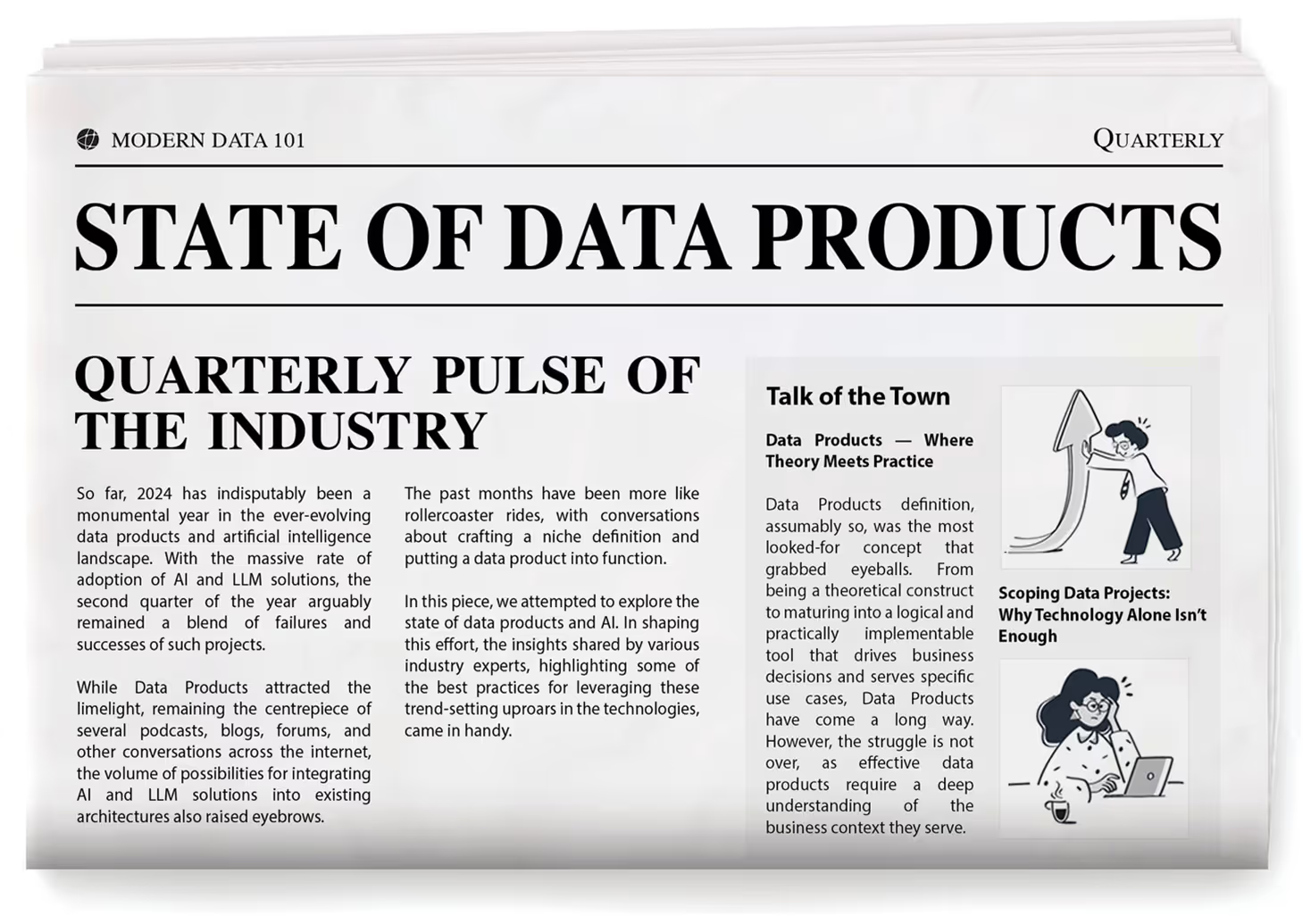

Author Connect 🖋️

Ritwika Chowdhury

Ritwika is part of Product Advocacy team at Modern, driving awareness around product thinking for data and consequently vocalising design paradigms such as data products, data mesh, and data developer platforms.

Modern Data 101

Ritwika is part of Product Advocacy team at Modern, driving awareness around product thinking for data and consequently vocalising design paradigms such as data products, data mesh, and data developer platforms.

More about
The Essential "Personality Traits" You Need in Your Data Platform
Checkout our

Community resources
and

Related articles





